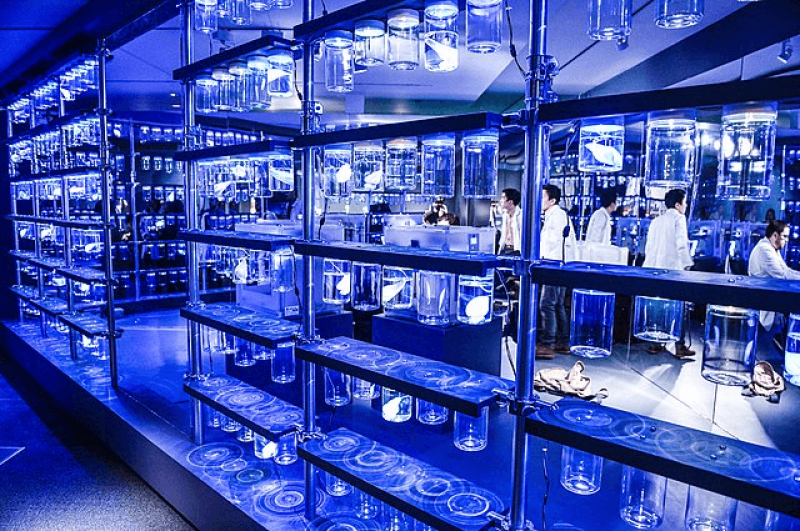With a rising population, our planet is at breaking point. Half of all habitable land is used for agriculture, and this figure is set to increase.
Around the world, governments have set ambitious net-zero targets, implementing policies that encourage the use of renewable energy and a switch to electric cars. Yet food, one of the biggest opportunities to cut carbon emissions, has received little attention to date. A third of greenhouse-gas emissions come from our food, with 18 per cent from animal agriculture alone, largely driven by the conversion of feed to meat and the gases released by livestock.
But the news isn’t all bad. Over recent years, new companies have been furiously developing novel-food technologies that, if widely adopted, can help us reach net-zero targets.
…
Examples of these novel technologies include precision fermentation and cultivated meat. Precision fermentation uses cells as minuscule factories to turn a feedstock, such as sugar, into edible products. We already consume products made through traditional fermentation, such as tempeh, yoghurt and cheese. In precision fermentation the cell factories can be used in a continuous manufacturing process, with the end product regularly siphoned off, ready to be sold.































